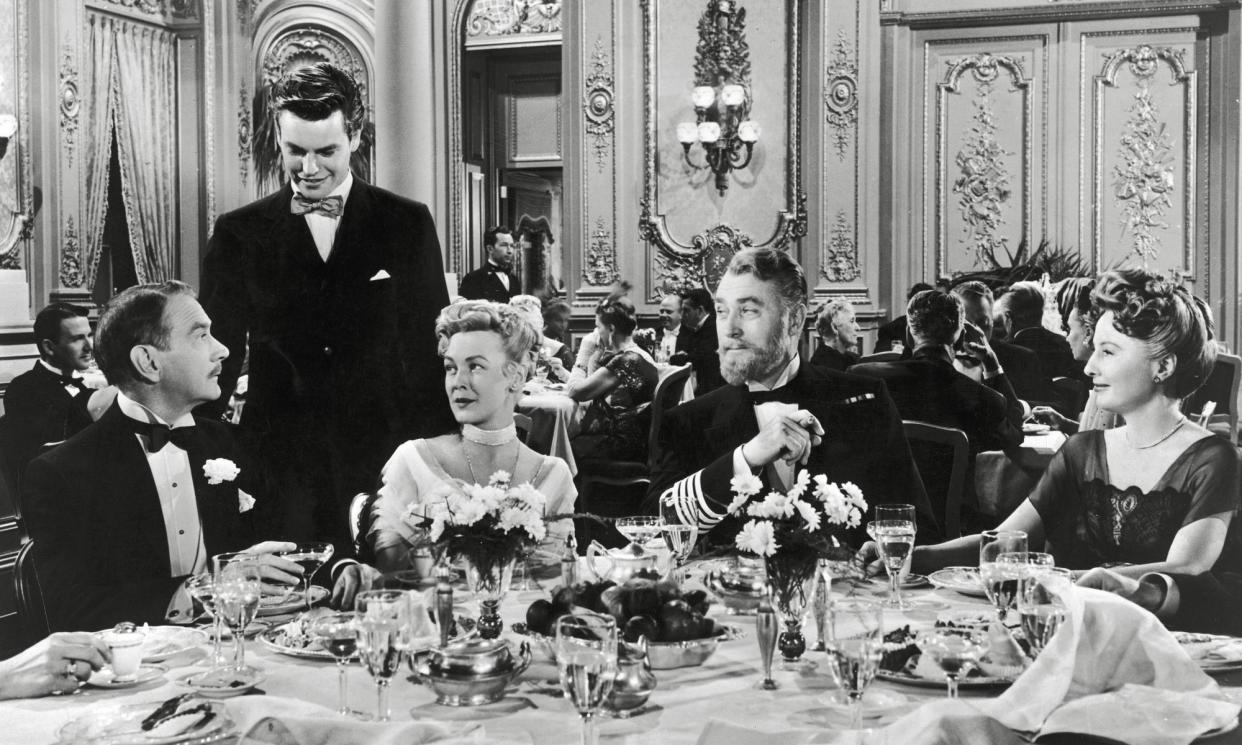Fascists’ feasts and grated rat: exhibition of vintage menus serves up slice of history

Anyone for grated rat? Or how about a fillet of elephant, or a leg of antelope?
On New Year’s Eve 1870, with Paris under siege by Prussian forces, chefs in the few restaurants that remained open were determined to put a haute-cuisine spin on the limited available ingredients.
Severe rationing had forced Parisians to turn to rats and zoo animals as their main sources of food, and so while Prussian army chiefs dined off vol-au-vents in Versailles, customers at one restaurant in the French capital enjoyed an exquisite, if unusual, feast of their own. The only catch: they had to bring their own bread.
The menu, featuring animal illustrations, forms part of an exhibition opening this weekend at the Museo della Cucina, a museum in Rome dedicated to the history of food and cooking.
“They were under siege but Parisians weren’t giving up on going out for dinner,” said Rossano Boscolo, a noted Italian chef who founded the museum.
More than 400 menus are on show at the museum, housed in an ancient palazzo next to Circus Maximus in central Rome, in what organisers say is the biggest exhibition of its kind to be held.
Related: Oysters and ice-cream: menu for dinner on Titanic sold for £83,000
The menus offer a glimpse of what nobility, political leaders, royals and popes ate throughout history, as well as what the passengers of the ill-fated Titanic had for lunch on 14 April 1912, the day the ship sank.
Some of the menus are being displayed for the first time, including the oldest known printed menu, of a luncheon held on 16 March 1803 at 32 Dover Street in London, hosted by a Sir H Williamson. “We haven’t identified who he was, but believe it [the address] was the home of a noble family,” said Matteo Ghirighini, the museum’s director.
The menu was written in French and the food delivered à la française, meaning all the dishes were served simultaneously. It was only halfway through the 19th century that the à la russe service, in other words, courses brought to the table one at a time, became more popular.
“The à la russe style made more sense as dishes being served at the same time meant you would end up eating cold food,” said Ghirighini. “This marked a fundamental change in the way a menu was read, as you knew what was coming next.”
The menus capture the social trends and tastes during particular periods of history, and were deemed to be a reflection of one’s wealth and power. The 1800s were all about showing off a host’s knowledge of foreign cuisine. For example, the Italian dish gnocchi with parmesan cheese was served up at the Williamson lunch.
“The uses of spices and other exotic ingredients, or serving up international dishes, were a symbol of wealth and ostentation,” said Ghirighini. “But that began to change in the 1900s, when the attention became more focused on local produce, and so even today the food at official meals, whether it be Buckingham Palace or the Quirinal presidential palace in Rome, will be made from local ingredients.”
Other menus on display include one detailing what the Cuban president Fidel Castro ate for lunch on a return flight to Havana from Mexico on 14 June 1960, as well as the lunch between Adolf Hitler and Benito Mussolini on 15 June 1934 in Venice – the first time the pair met. The menu included dishes from several Italian regions, served with Orvieto wine.
“Before they met, Hitler rather annoyed Mussolini,” said Ghirighini. “But it was Hitler who needed Mussolini for his ideas on the fascist regime.” Three years later, Mussolini and Hermann Göring, Hitler’s second-in-command, dined off Neapolitan pizza at a lunch in Rome.
As for extravagant state banquets, a lunch hosted by Queen Victoria in honour of the Russian emperor, Alexander II, at Guildhall in London on 18 May 1874 included pigeon paté and roast beef. It was the first time the pair had met in 35 years, when they had a brief romance.
“This is the menu I find the most fascinating as it tells a love story,” said Ghirighini.
Other royal menus on display include the coronation of Queen Elizabeth II and the wedding lunch of Charles and Diana, and William and Kate.
The exhibition was curated with the menus from the troves of several collectors, one of whom has more than 70,000.
Nowadays, restaurant diners are more likely to make their food choices with a QR code rather than from a printed menu.
“Printed menus are disappearing, especially since the pandemic,” said Boscolo. “Only the top restaurants have the printed version. I can’t stand QR codes, and if there is no printed menu in a restaurant, then I walk out.”


